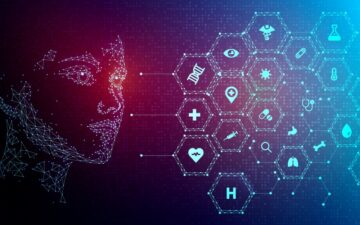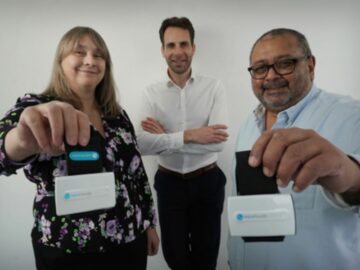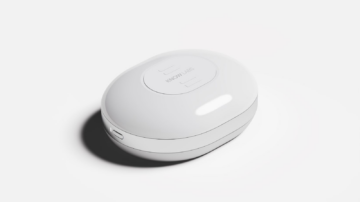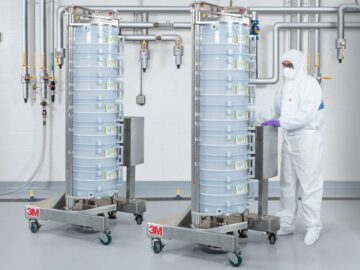<!–
–>
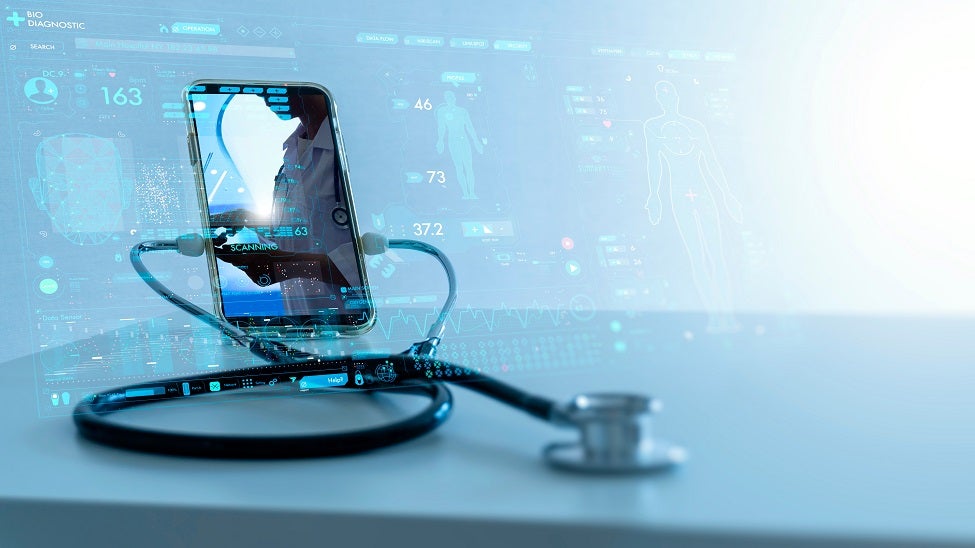
The term “mobile health” refers to the integration of wireless technology with healthcare. The rapid growth of mobile health has involved the development of medical apps for multiple uses, including monitoring diseases or symptoms, organizing appointments, performing diagnostic tests, treating illnesses, and more.
The use and development of mHealth apps have been driven by COVID-19, spawning a new wave of technological advancements in this field such as deeper integration with current healthcare systems. The development of cutting-edge medical apps that adhere to the highest standards of safety and efficacy has also been made possible by technological advancements, enabling users to monitor their own health and facilitate communication with physicians.
GlobalData’s recent report Thematic Research: Mobile Health Apps forecasts that the regulated medical apps market will reach $12.1 billion by 2030. The field of mobile health is rapidly expanding and evolving, and regulation in health-related apps is a key aspect. Over the past 10 years, mobile technology has revolutionized healthcare by enabling doctors to treat patients more effectively and by providing patients with practical tools to assist with managing their own health.
Regulation ensures that all medical applications adhere to the highest safety and efficacy standards. Developers of mobile applications must adhere to tight guidelines while producing medical apps. Furthermore, regulation guarantees that consumers receive correct health information and can trust any data obtained through these apps. The regulated apps can be segmented into clinical focused apps and indication-specific apps.
Even though not all medical applications are regulated, they carry out a number of functions, allowing physicians to access patient data remotely, and allowing patients to schedule appointments with doctors or laboratories on their mobile device.
One of the most common and easily accessible categories of apps for patients is health management software. Many health management apps don’t require a prescription or a doctor’s approval to be used; anybody may access them through their preferred app store.
Diagnostic testing apps are a different category of medical app that has grown in popularity in recent years. Diagnostic testing applications are transforming healthcare delivery by streamlining and making it portable. These apps frequently gather data from external sensors and either display it for medical experts to understand or utilize machine learning and artificial intelligence (AI) to autonomously analyze the data.
Overall, it is evident that the rise of mHealth apps has prompted regulatory bodies like the FDA to increase their efforts to create faster approval mechanisms. The adoption of stricter quality control procedures will undoubtedly lead to more growth and innovation in the near future for mHealth trends. As a result, a larger number of users will be able to use medical apps, with more assurance that in the end, this will result in everyone taking care of their health in better ways.
<!– GPT AdSlot 3 for Ad unit 'Verdict/Verdict_In_Article' ### Size: [[670,220]] —
!– End AdSlot 3 –>
- SEO Powered Content & PR Distribution. Get Amplified Today.
- Platoblockchain. Web3 Metaverse Intelligence. Knowledge Amplified. Access Here.
- Source: https://www.medicaldevice-network.com/comment/regulated-medical-apps/
- 1
- 10
- a
- Able
- access
- accessible
- Ad
- adhere
- Adoption
- advancements
- AI
- All
- Allowing
- analyze
- and
- app
- app store
- applications
- appointments
- approval
- apps
- artificial
- artificial intelligence
- Artificial intelligence (AI)
- aspect
- assist
- assurance
- autonomously
- Better
- Billion
- care
- carry
- categories
- Category
- Clinical
- Common
- Communication
- Consumers
- control
- COVID-19
- create
- Current
- cutting-edge
- data
- deeper
- delivery
- developers
- Development
- device
- different
- diseases
- Display
- Doctors
- Dont
- driven
- easily
- effectively
- efforts
- either
- enabling
- ensures
- everyone
- evolving
- expanding
- experts
- external
- facilitate
- faster
- fda
- field
- focused
- frequently
- from
- functions
- Furthermore
- future
- grown
- Growth
- guarantees
- guidelines
- Health
- health information
- healthcare
- highest
- HTTPS
- in
- Including
- Increase
- information
- Innovation
- integration
- Intelligence
- involved
- IT
- Key
- larger
- lead
- learning
- machine
- machine learning
- made
- major
- Making
- management
- managing
- many
- Market
- medical
- Medical Applications
- mHealth
- Mobile
- Mobile Applications
- mobile device
- Mobile technology
- Monitor
- monitoring
- more
- most
- multiple
- Near
- New
- number
- obtained
- organizing
- own
- past
- patient
- patient data
- patients
- performing
- plato
- Plato Data Intelligence
- PlatoData
- popularity
- possible
- Practical
- preferred
- prescription
- procedures
- providing
- quality
- rapid
- rapidly
- reach
- receive
- recent
- refers
- regulated
- Regulation
- regulatory
- report
- require
- research
- result
- revolutionized
- Rise
- Safety
- schedule
- sensors
- Share
- shutterstock
- Size
- Software
- standards
- store
- streamlining
- stricter
- such
- Symptoms
- Systems
- taking
- technological
- Technology
- Testing
- tests
- The
- their
- Through
- to
- tools
- transforming
- treat
- treating
- Trends
- Trust
- understand
- undoubtedly
- unit
- use
- users
- utilize
- Wave
- ways
- while
- will
- wireless
- years
- zephyrnet


